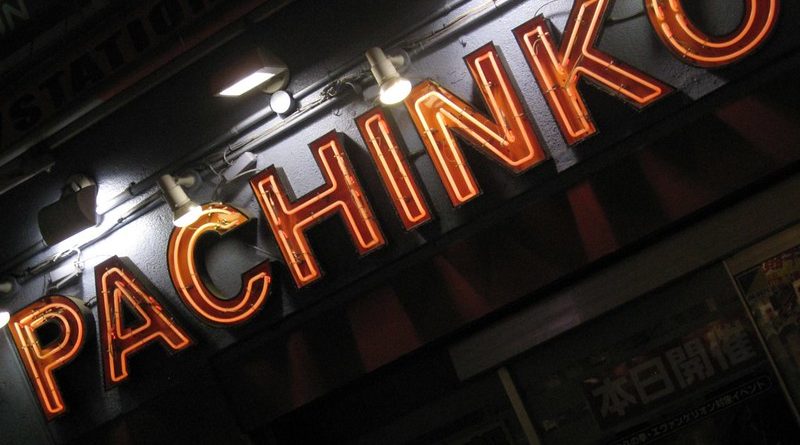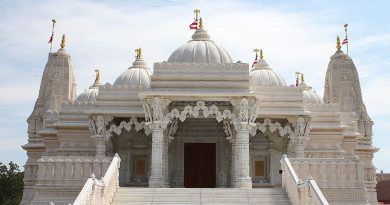Japan Culture: The Phenomenon of Pachinko
Culture Facts
Where: Throughout urban Japan and in some parts of the USA
What’s it about: flipping ball bearings into holes for prizes
Joining in: start of with a simple machine for small bucks wins
There is one thing you’ll find all over Japan, from the smallest towns to the biggest cities, and that is gambling halls. The name of the game is Pachinko.
Like most forms of gambling, Pachinko generates large amounts of money and a certain amount of crime. The Japanese Mafia, the Yakuza, are said to control the Pachinko parlours, and much underworld activity is attached to the parlours, from violent crime to underpaid taxes. As well as Underworld links, the world of Pachinko is thought to be inherently seedy, with the many Pachinko magazines also containing some nudity and ads for escorts.
The parlours are spread all over Japan and are frequented mainly by men, although now more luxurious facilities, womens only areas and ladies days attract more of the upper crust and help to dispel the grubby, masculine image of the game. Parlours are typically gauche coloured interiors and very smokey.
History and Origins
It is thought that the roots of Pachinko derive from the “Coringth Game” originating in 1920’s Chicago, USA and now the game has crossed over to America, where you can find many Pachinko parlours.
Its name is derives from “pachi pachi”, which means ‘the clicking of small objects on a crackling fire’. It is not dissimilar to pinball, small metallic mini-marble balls are bounced around a network of nails to try and hit the jackpot holes. It’s a game of mainly chance, since the old style manual “flipper” action has been exchanged in favour of electronically serviced machines. Pachinko caught up with modern technology in the 1980’s when machines became computerised with digital sounds and graphics for added excitement.
How to Play
Instead of coins, if you launch the pachinko balls into the winning sockets, you get back more balls which can be exchanged for good from the gift shop, or if you get three matching symbols on the balls you can win an even bigger prize. Bring a big bag or bucket – a top win will flood about 10,000 tiny Pachinko balls out of the machine! Gambling is actually prohibited in Japan, but most Pachinko parlour flaunt the law by allowing winners to exchange their “gifts” in the shop for cash in back alleyway “hole in the walls” outside the parlour.
There are several “grades” of Pachinko machines: the easy to play Hanemono which are cheap to play with a lot of wins but very small prizes; the Deji-Pachi“digital pachinko” where the wins are computerised; the serious player will use the Kenrimono machine, which require a detailed knowledge of the “rights” of how to play and win. After one win there will usually be one specific hole which needs to be hit to achieve other bigger wins. Sitting straddled on these mean machines is no place for beginners or tourists.
Pachinko Mania
It’s not merely a game but a phenomenon, and for some people, Pachinko is a lifetime obsession and a living. Pachinko aficionados line up outside the parlours waiting for the 10am opening. If you catch a “good” machine giving good winnings you can earn the equivalent of a days wages or more. It’s the most popular leisure activity in Japan, attracting around a quarter of the population.
The hard times in recent Japan have been Pachinko’s greatest friend, as many people believe a night out at a club or cinema is a waste of money, but Pachinko can offer a pot of gold which is very tempting in lean times.
More Information
Pachinko.com
The Japanese website for all things Pachinko and true Pachinko fanatics!
By Susi O’Neill




